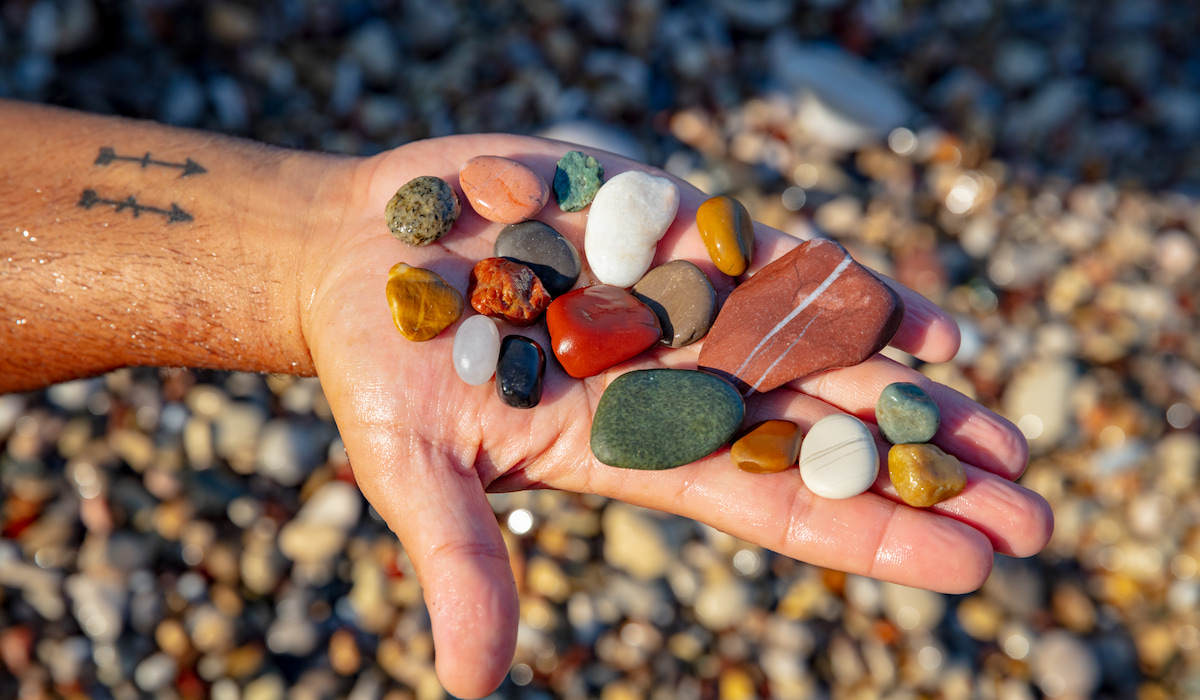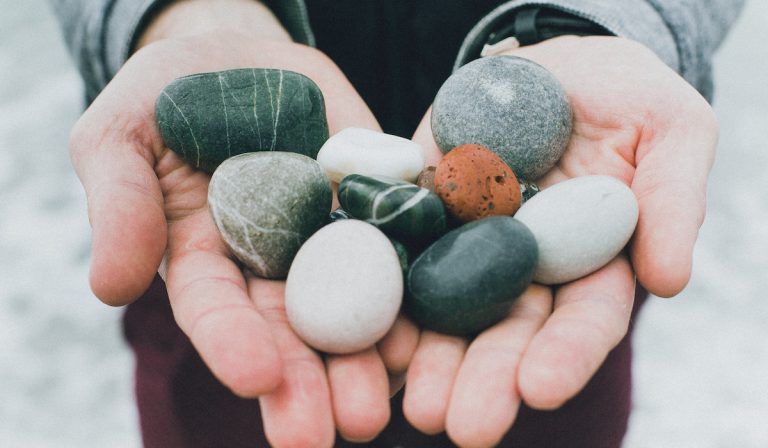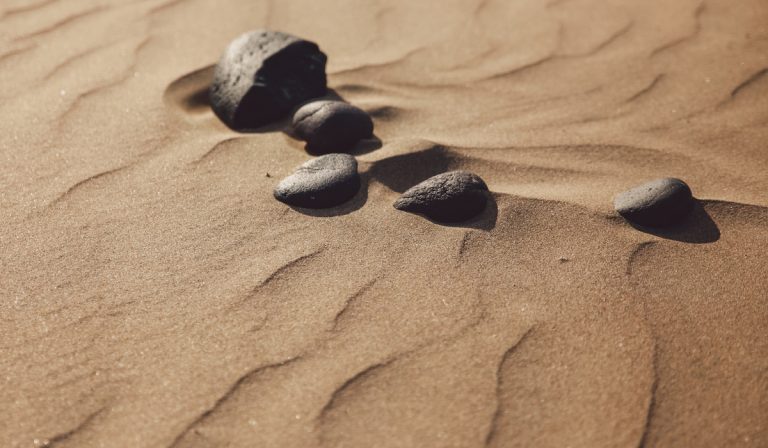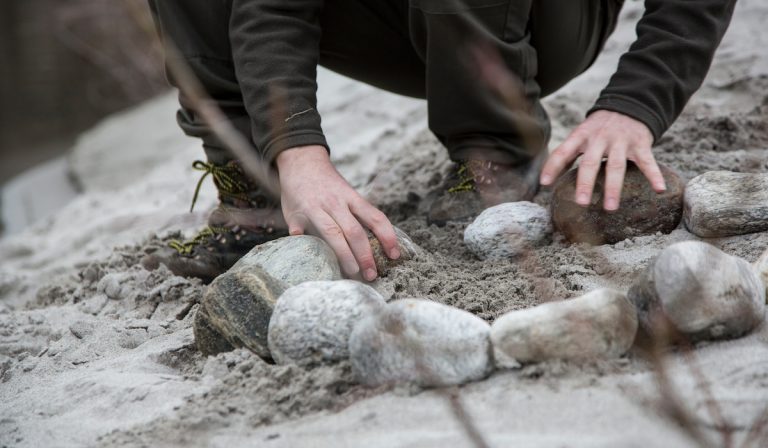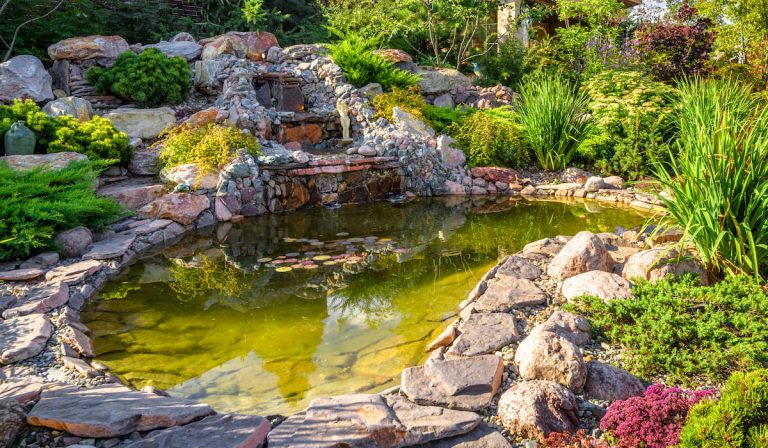Do Pebbles Absorb Water? (All Doubts Solved!)
Small, colorful, smooth rocks are often called pebbles. Pebbles have a lot of uses around your home and garden.
One feature of some rocks is the ability to absorb water. While many people feel that rocks do not absorb water, there are some types of rocks that do.
Do pebbles absorb water?
Depending on the type of pebble, pebbles may absorb water. For example, pebbles composed of sediments absorb water. Pebbles with more air pockets and cracks absorb more water than smooth pebbles.
What types of rocks do not absorb water? What can you use pebbles for? Continue reading.
Do Pebbles Absorb Water?
What are pebbles? Pebbles are little pieces of naturally-occurring rocks and are made smooth by the constant beating of water, sand, and other environmental factors.
From the definition, it is clear that different types of rocks can form pebbles.
This means that the ability of pebbles to absorb water depends on the mother rock from which they were formed.
Pebbles with smoother surfaces and few air pockets have a lower rate of water absorption and you might even feel that they do not absorb water. To know if your pebbles can absorb water, you will need to test them.
How to Test if Your Pebbles Absorb Water
The best way to tell if a pebble can absorb water is to test it yourself.
Fill a beaker or any transparent container with water and insert dry pebbles into the water. Make sure that the pebbles are fully covered in the water. Record the volume of water in the container by looking at the gauge in the beaker or using a ruler to measure the height of water in the container.
Tightly close the lid of the container so that water cannot get lost from evaporation. In a week or two, measure the volume of water in the container and compare it with the initial volume of water. If both volumes are the same, you have a pebble made from a rock that does not absorb water.
You can conduct your experiment with different types of pebbles in different containers to compare their absorption rate of water. This can tell you the best pebble for your project.
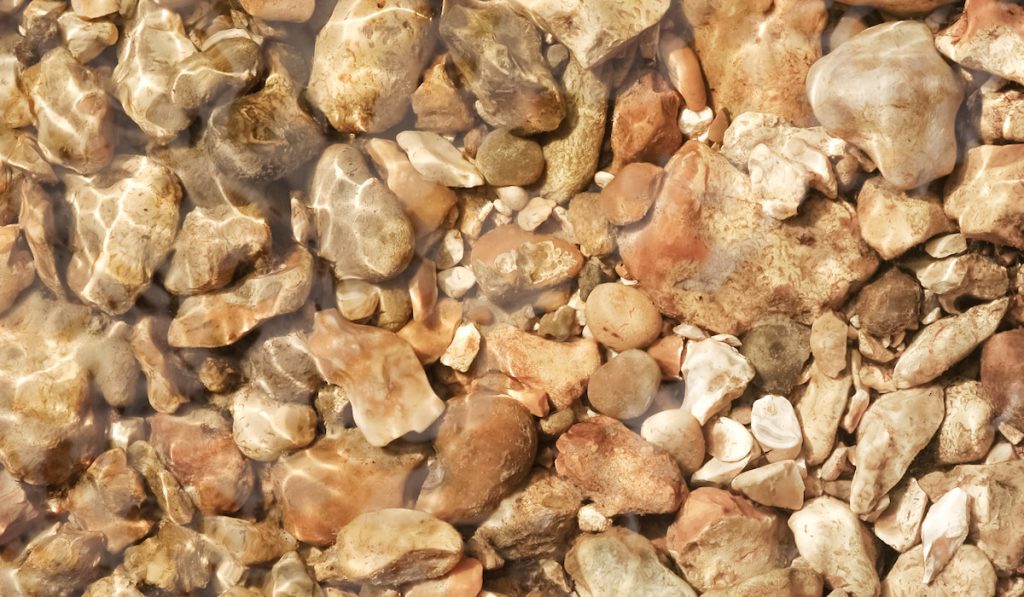
Does it Matter if Pebbles Absorb Water or Not?
For many, it does not matter if pebbles can absorb water or not. Some may, however, have projects that depend on the ability of rocks to absorb water or not. A few cases where pebbles absorbing water matters a lot are:
- Gardening: Some gardeners need pebbles that do not absorb water. For example, owners of succulent plants need a potting mix that can drain water quickly. While most pebbles are usable in succulent gardens, it is better to use pebbles that do not absorb water.
- Water Quality: The more porous a pebble is, the easier it can release nutrients into the water. Most rocks can increase the pH of water, so you should test your pebbles to know if they can absorb water or not before using them for your water project (e.g. aquarium).
- Landscaping: If you are building a house close to a river, it is better to use pebbles that do not absorb water for landscaping so the soil around your home can drain water quickly.
As you can see, it does matter if a pebble can absorb water or not.
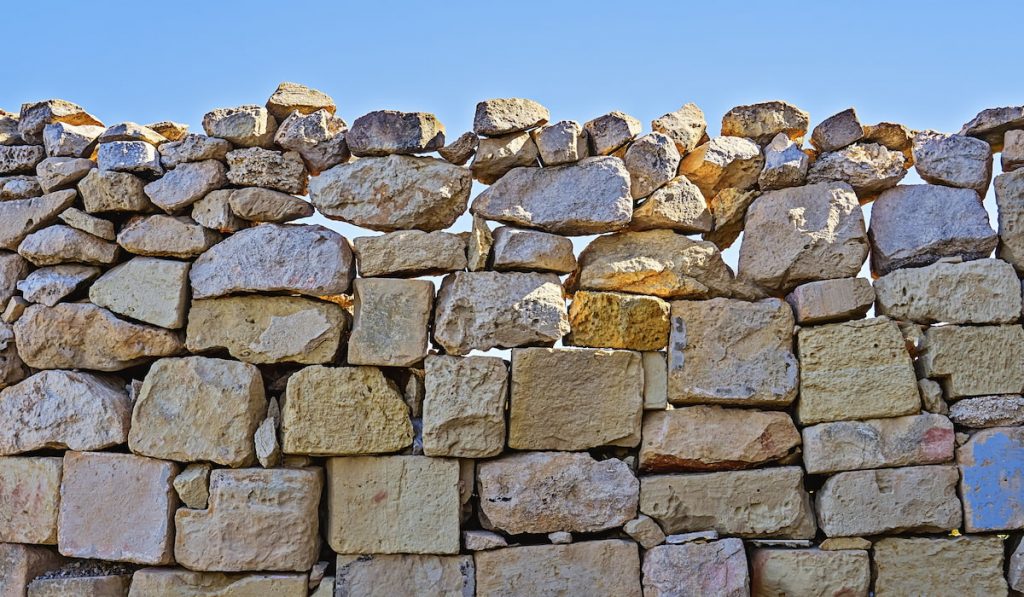
More Rocks That Absorb Water
Here are some rocks that can absorb water:
- Sandstone: These rocks are easy to find and are available in different colors and sizes. They are mostly used as coasters.
- Flagstones: Flagstones can absorb a lot of water, but not so deeply because they are layered. As stones with layers, these stones also retain a lot of water. They are mostly used in patios and other forms of construction.
- Pumice: Lava rocks are among the most porous rocks. As rocks with a lot of air pockets, some lava rocks can float on water until they are saturated.
- Limestone: These rocks are very soft and soluble. In time, water can dissolve limestone. Limestone is used for various types of construction.
Even though they can absorb water, these rocks still have a lot of uses and benefits.
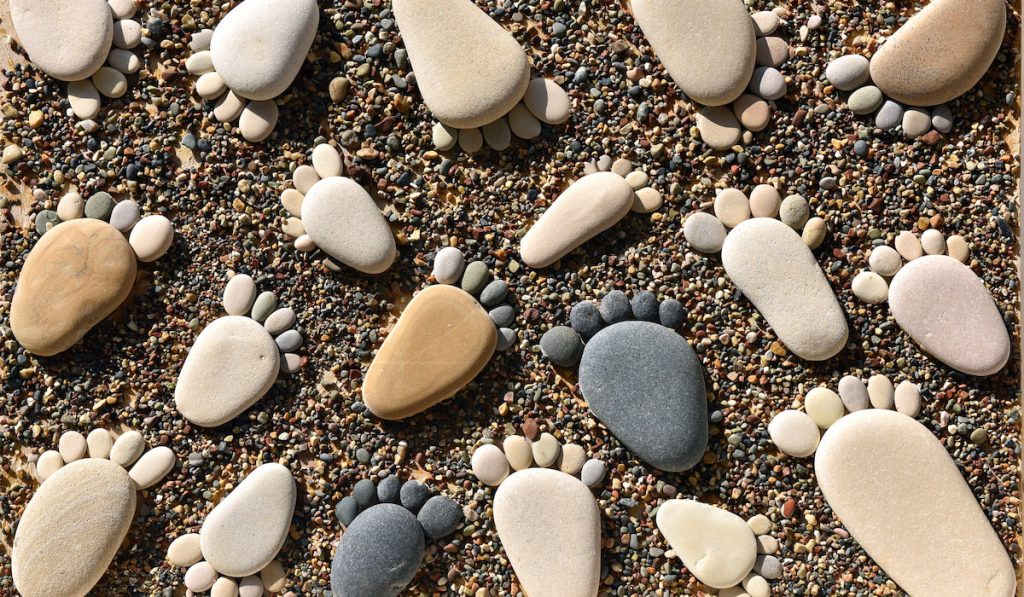
Some Awesome Uses of Pebbles
Whether pebbles absorb water or not, they still have a lot of fun uses. Some uses of pebbles are:
1. Rock Display
Are you looking for the most effective way to beautify your rock collection? Add pebbles. Pebbles come in different colors, so they add color and beauty to your rock collection and you can display them for others to see.
2. Rock Art
If you are a fan of painting rocks and giving them more beauty and color, pebbles are your go-to rocks. You can paint pebbles and give them various designs, drawings, and patterns. You can also polish your pebbles to make them even smoother and also enliven their colors.
3. Aquarium Stones
Do you have many pebbles with different colors? Consider using them in your aquarium. As aquarium stones, pebbles reflect more light (as they are wet) and boost the appearance of your aquarium.
Pebbles make great aquarium stones as they are not that heavy, they beautify the aquarium, and aquarium fishes love them.
Make sure that you regularly check the pH of your aquarium and also check if the pebbles are affecting it or not.
4. Beautiful Landscaping
Ever seen a pebble garden or a walkway made of pebbles before? The colors of pebbles in various forms of construction make a sight to behold. If you have a lot of pebbles, consider displaying them around your home or in the garden.
5. Succulent Garden Rocks
Succulent plants need potting mixes that drain water quickly. Asides from the potting mix, most succulent gardens require inorganic mulch. Pebbles are a suitable mulch in succulent gardens as they prevent weeds from competing with your succulent plants and also permit the soil to be well-aerated.
Pebbles have a lot of uses indeed. What will you use yours for?
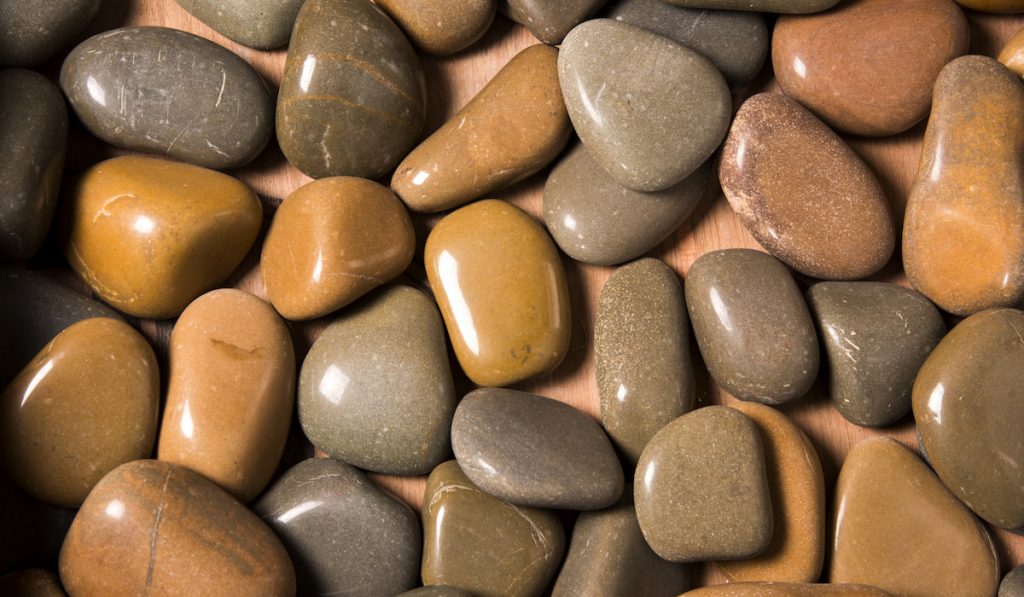
Related Questions and Answers
Still discussing the ability of pebbles to absorb water or not, here is some more useful info:
1. Do Clay Pebbles Absorb Water?
Unlike natural pebbles, clay pebbles are made of clay and they will absorb some amount of water. Clay soil is known for its water retention abilities. While clay itself can absorb and retain water, clay pebbles do not absorb as much water as clay because they have been compacted and heated in a kiln. Soaking clay pebbles in water can make them absorb more water.
2. Can You Boil Pebbles in Water?
There are many types of rocks that you can boil in water. You should not boil rocks with air pockets or rocks that have absorbed a lot of water because these rocks can explode. If your pebbles can absorb water, you should not boil them. Instead, looking for other ways to sterilize them (such as bleaching).
3. How Do You Paint Pebbles for Your Rock Art?
To paint on pebbles, you need acrylic paint or permanent markers (waterproof). Give your pebbles beautiful designs or leave their natural color. You can also cover the entire pebble with a new color. After painting your pebbles, you should seal them by using transparent acrylic, car wax, or clear nail polish. Display your painted pebbles in a rock display case or keep them in various places in your home or office.
4. Why Do Some Rocks Absorb Water While Others Do Not?
The ability of a rock to absorb water depends on the minerals (and elements) the rock is composed of. Rocks are classified as permeable and non-permeable depending on their ability to absorb and retain water.
The more air pockets and cracks a rock has, the more water can be absorbed by the rock. Note that rocks do not absorb water quickly like bathroom sponges.
5. What Rocks Do Not Absorb Water?
Here are some types of rocks that do not absorb water:
- Slate: This metamorphic rock is either grey, bluish-purple, or green. It is split into flat plates that are very smooth to feel. It was used by ancient Egyptians for various constructions.
- Granite: This igneous rock is composed of grains that you can see with unaided eyes. Granite is very popular in tile-making and other forms of pretty constructions.
- Marble: Even though marbles are soft and used in arts, they do not absorb water. Marbles are examples of impermeable rocks.
What’s your favorite type of rock?
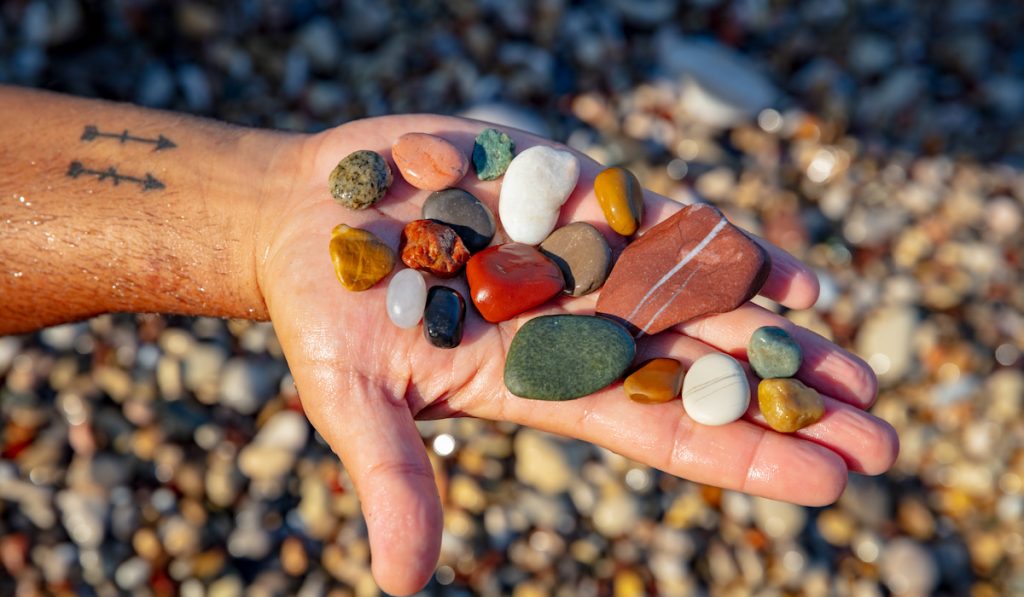
Final Thoughts
Whether pebbles absorb water or not depends on the type of rock they are formed from. For example, pebbles made of sedimentary rock can absorb water. While many people consider the ability of rocks to absorb water or not, you can still use pebbles for a lot of stuff including rock art, display, aquarium stones, etc.

